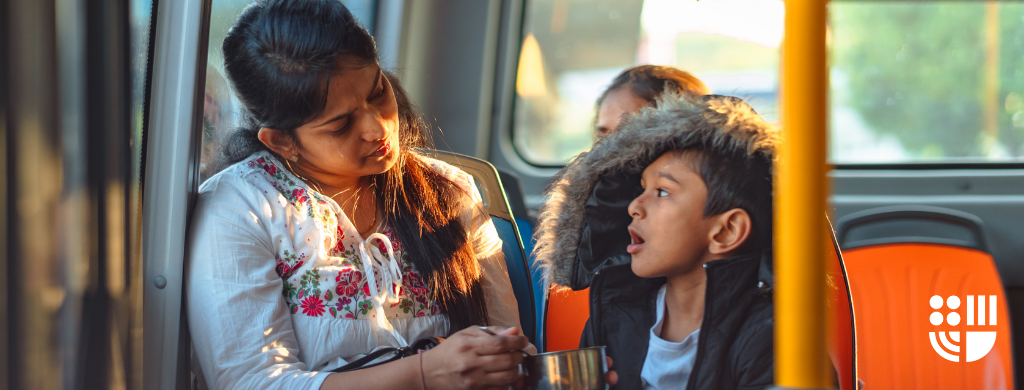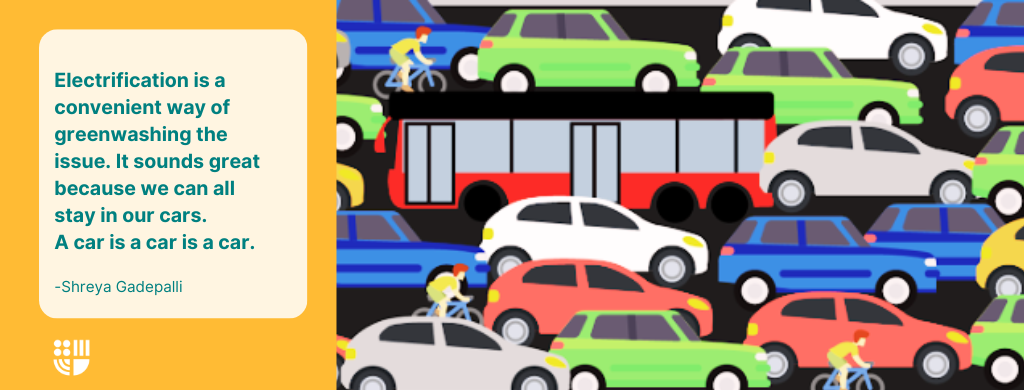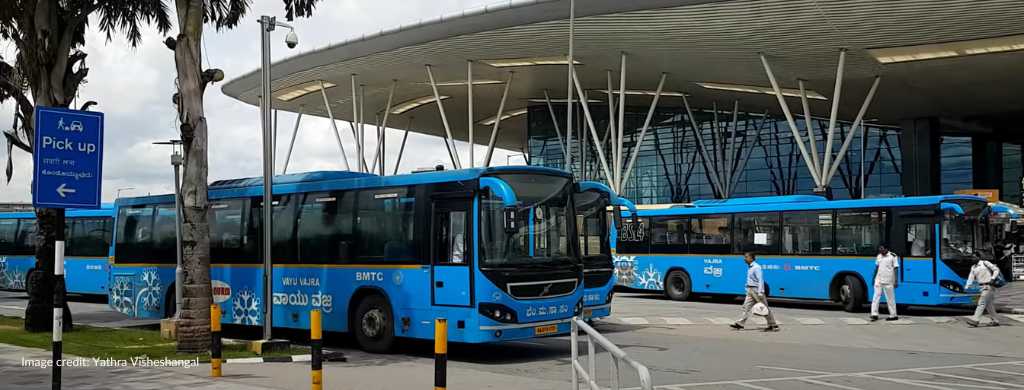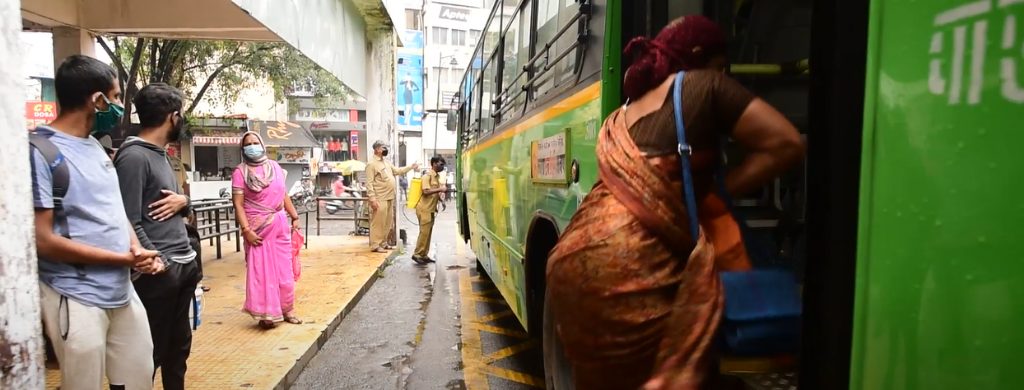Data shows that women’s trips are more complex—they aren’t just commuting from home to work. They often juggle multiple stops, from childcare to shopping, which makes their travel patterns more intricate and costly. This can lead to women losing money, time, and even their independence. A feminist transport system is not a luxury but a necessity!
What is a Gender-Blind Transport System?
A gender-blind transport system operates on the principles of equality rather than equity, often overlooking the unique travel needs of women. For instance, charging equal rates for peak and off-peak hours or not offering discounts for multiple travel routes can disproportionately affect women.
Adding on the matter, Shreya Gadepalli, Founder & Managing Trustee said, “While women constitute around half of India’s population, their labour force participation in urban areas is as low as 15.5%. Ultimately, transportation is the fulcrum that allows women to participate in the workforce. However, our urban transport policies remain gender blind largely.”
Why It Matters
Data shows women’s trips are more complex—they aren’t just commuting from home to work. They often juggle multiple stops, from childcare to shopping, which makes their travel patterns more intricate and costly. This can lead to women losing money, time, and even their independence.
The Need for Equity
It’s crucial to design transport systems that recognize these differences and support women accordingly. By implementing policies that cater to women’s specific needs, we can create a more inclusive and supportive environment for everyone.
Addressing Misconceptions
Often, our male colleagues question strong reforms made for women, like the free bus scheme. Their main argument is that this is not equality. They are right—it is not equality, it is equity.
Equality is about giving everyone the same thing, while equity is about fairness and justice. If women are disproportionately unsafe and prone to violence or if they are specifically having more complex trips, why should they receive the SAME things as men? Looking from the lens of gender shows us that we need equity. And that’s what they call a “Feminist transport system”.
Join the Conversation: How can we better design our transport systems to be more inclusive? Share your thoughts below!
- Click to share on LinkedIn (Opens in new window) LinkedIn
- Click to share on Pocket (Opens in new window) Pocket
- Click to share on Pinterest (Opens in new window) Pinterest
- Click to share on WhatsApp (Opens in new window) WhatsApp
- Click to share on Telegram (Opens in new window) Telegram
- Click to share on Reddit (Opens in new window) Reddit




